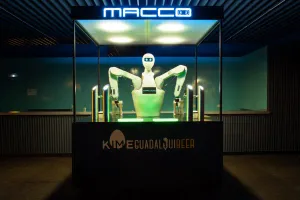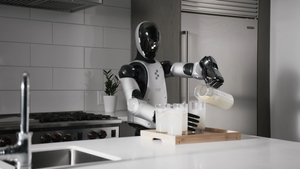China's Beijing Humanoid Robot Innovation Center has unveiled Tiangong, a groundbreaking humanoid robot that not only walks but also runs with remarkable agility. This electric-powered marvel is far from your typical clunky machine. Tiangong marks a significant leap forward, heralding a new era of nimble humanoids poised to revolutionize multiple industries.
Standing as tall as an average human(5'4), Tiangong is equipped with state-of-the-art sensors and processors that allow it to navigate complex terrains and perform tasks with precision and ease. Its ability to jog at a steady pace and handle challenging environments with grace sets it apart from its predecessors. This isn’t just an incremental improvement; it’s a monumental stride in robotics innovation.
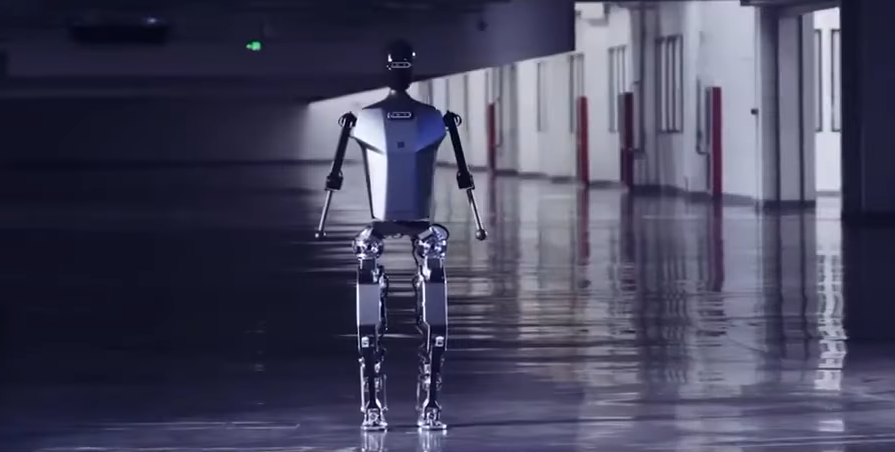
Setting the Scene
The unveiling of Tiangong was nothing short of spectacular, held at the prestigious Beijing Humanoid Robot Innovation Center. The event was well orchestrated to showcase the advanced capabilities of this revolutionary robot. The venue itself, a state-of-the-art auditorium, was filled with an air of anticipation as the audience gathered to witness history in the making.
The Initial Presentation of Tiangong
The initial presentation was a carefully choreographed sequence designed to highlight Tiangong’s remarkable abilities. As Tiangong moved gracefully across the stage, a narrator detailed its specifications and capabilities. The robot jogged at a steady pace, effortlessly navigating a series of obstacles that had been set up to demonstrate its agility and precision.
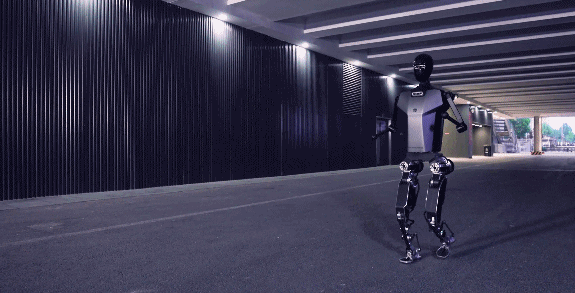
The highlight of the presentation was Tiangong’s ability to perform complex tasks in “blind mode,” relying solely on its advanced sensors. This demonstration left the audience in awe, as Tiangong navigated slopes, stairs, and uneven terrain with ease, proving its potential for real-world applications.
Meet Tiangong: Specifications and Capabilities
Tiangong stands at an impressive 5 feet 4 inches, making it comparable to an average human in height. Weighing in at 95 pounds, Tiangong's sleek and robust frame is designed for both strength and agility.
Its appearance is both futuristic and approachable, featuring a streamlined design with smooth, metallic surfaces that reflect its advanced engineering. Tiangong's humanoid form is meticulously crafted to ensure a natural and fluid range of motion, making it not just a machine, but a marvel of modern robotics.
Technical Specifications: Sensors, Processors, and Energy Source
At the heart of Tiangong lies a symphony of cutting-edge technology. The robot is powered by a state-of-the-art electric energy source that ensures efficient and sustained performance. Tiangong is equipped with an array of advanced sensors, including high-precision vision perception sensors and a 3D vision system, which provide it with exceptional spatial awareness. Its high-precision inertial measurement unit is capable of performing a staggering 550 trillion operations per second, enabling Tiangong to process vast amounts of data in real time.
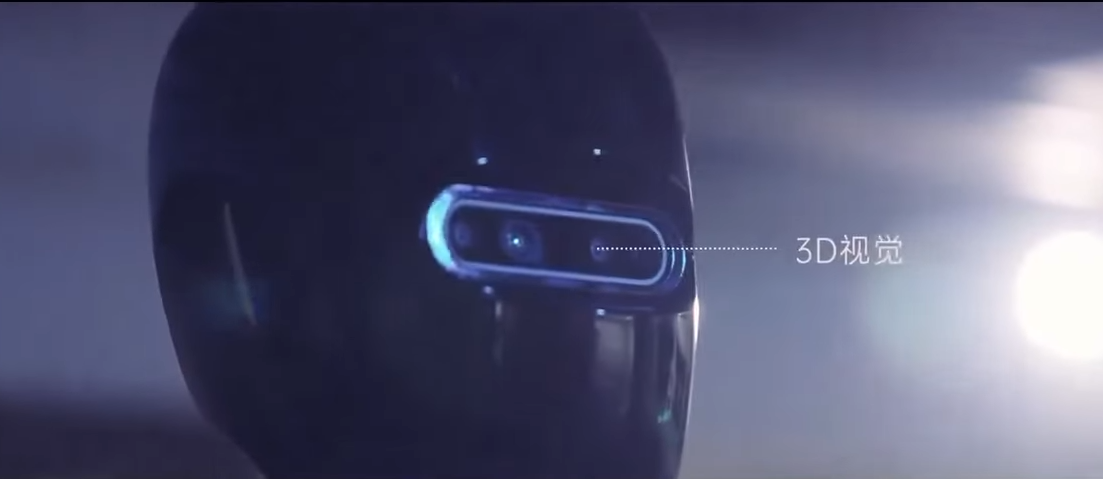
The robot's six-axis force sensors allow it to interact with its environment with remarkable sensitivity and accuracy. These sensors, combined with its advanced processors, give Tiangong the ability to make split-second adjustments, ensuring smooth and precise movements even in challenging conditions.
| Aspect | Details |
|---|---|
| Physical Attributes | Height: 5 feet 4 inches Weight: 95 pounds Appearance: Sleek, metallic, streamlined design |
| Technical Specifications | Energy Source: Electric Sensors: High-precision vision perception sensors, 3D vision system, six-axis force sensors Processors: High-precision inertial measurement unit performing 550 trillion operations per second |
| Performance Abilities | Running Speed: 3.7 mph Terrain Navigation: Handles uneven surfaces, slopes, and stairs with ease Task Precision: Performs intricate tasks with pinpoint accuracy, adapting gait for stability |
Performance Abilities: Running Speed, Terrain Navigation, and Task Precision
One of Tiangong’s most impressive features is its ability to run. With a steady pace of 3.7 mph, Tiangong can jog with the grace and agility that rivals human motion. This capability is not just a demonstration of its speed but also of its advanced balance and coordination.
Tiangong excels in navigating complex terrains. Whether it's uneven surfaces, slopes, or stairs, this humanoid robot handles them all with ease. Its sensors continuously analyze the terrain, allowing Tiangong to adapt its gait and maintain stability. This makes Tiangong not only a capable runner but also a versatile navigator, able to move seamlessly through a variety of environments.
When it comes to task precision, Tiangong truly shines. Its six-axis force sensors and advanced processing capabilities enable it to perform intricate tasks with pinpoint accuracy. From delicate manipulations to more robust activities, Tiangong executes each task with a level of precision that sets a new standard in humanoid robotics.
More Than Just Muscles: Tiangong's Brainy Brilliance
Tiangong's prowess isn't just about physical prowess – it's about a perfect blend of hardware and software. Advanced sensors, including vision perception, a high-precision inertial measurement unit (IMU), and 3D vision, allow it to perceive its surroundings with remarkable accuracy.
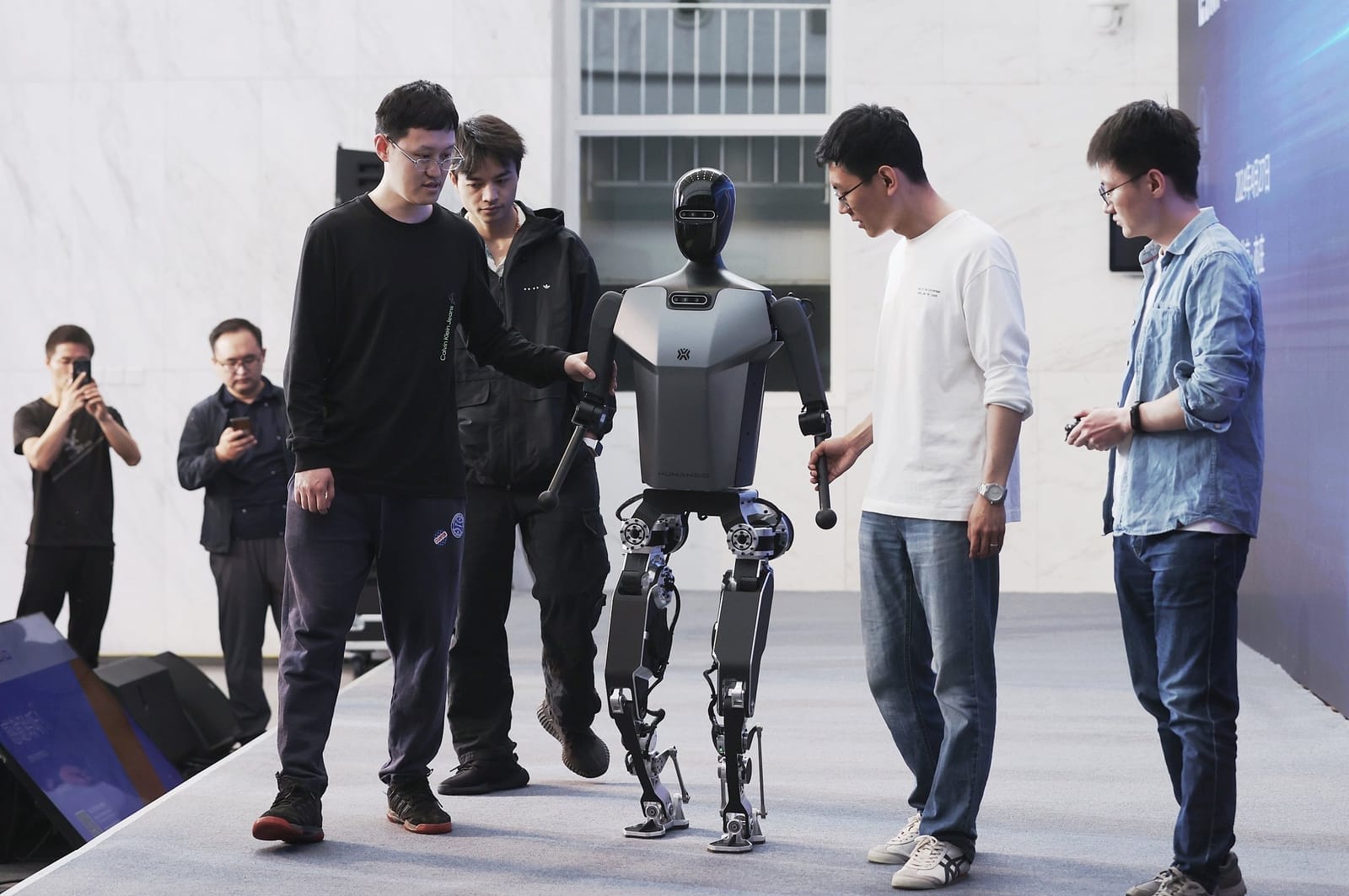
But what truly sets Tiangong apart is its smoothness and agility. Equipped with six-axis force sensors, the robot can sense and respond to minute changes in force, resulting in movements that are remarkably human-like. This combination of advanced sensors and precise control paves the way for robots that can interact with the world in a more natural and efficient way.
Tiangong's Innovative Features:
- Advanced Sensors:
- Vision Perception
- High-Precision Inertial Measurement Unit (IMU)
- 3D Vision
- Smoothness and Agility:
- Six-Axis Force Sensors
- Human-like Movement Capabilities
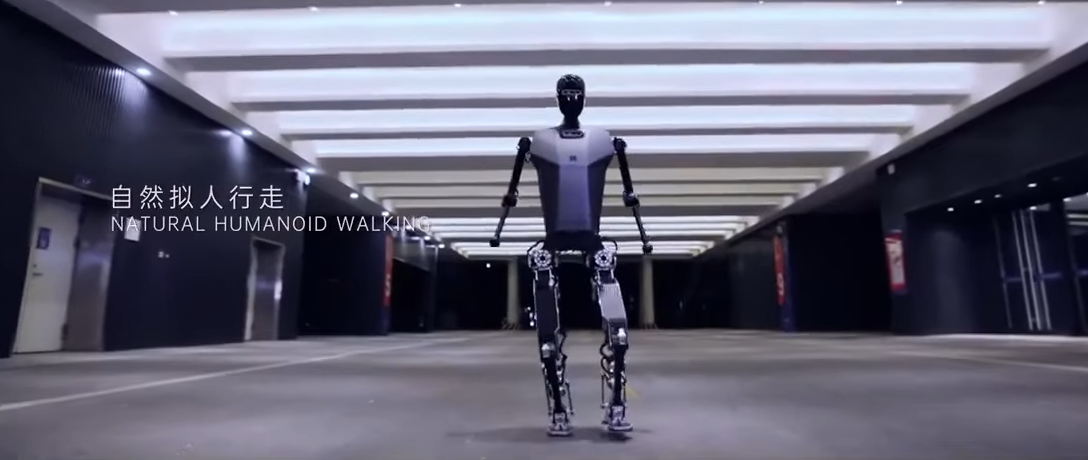
Global Context: The Race in Humanoid Robotics
In the fast-paced world of robotics, the unveiling of Tiangong marks a significant milestone in the global race to develop advanced humanoid robots. This competition is fierce, with numerous contenders striving to push the boundaries of what robots can achieve.
Overview of the Global Competition in Humanoid Robotics
The field of humanoid robotics is burgeoning with innovation as countries and companies around the world invest heavily in research and development. The goal is to create robots that can seamlessly integrate into human environments, performing tasks with human-like dexterity and intelligence. This race is not just about technological prowess but also about gaining a competitive edge in various industries, from manufacturing to healthcare.
Mention of Other Contenders
One of the most notable players in this arena is Boston Dynamics, whose Atlas robot has garnered widespread attention. Atlas is renowned for its impressive agility and ability to perform complex maneuvers, such as backflips and parkour. These capabilities have set a high benchmark in the industry, demonstrating the potential of humanoid robots to perform tasks that require a high degree of balance and coordination.
This never gets less creepy🫣
However, Tiangong brings its own unique set of features to the table, challenging the status quo and offering fresh perspectives on what humanoid robots can achieve.
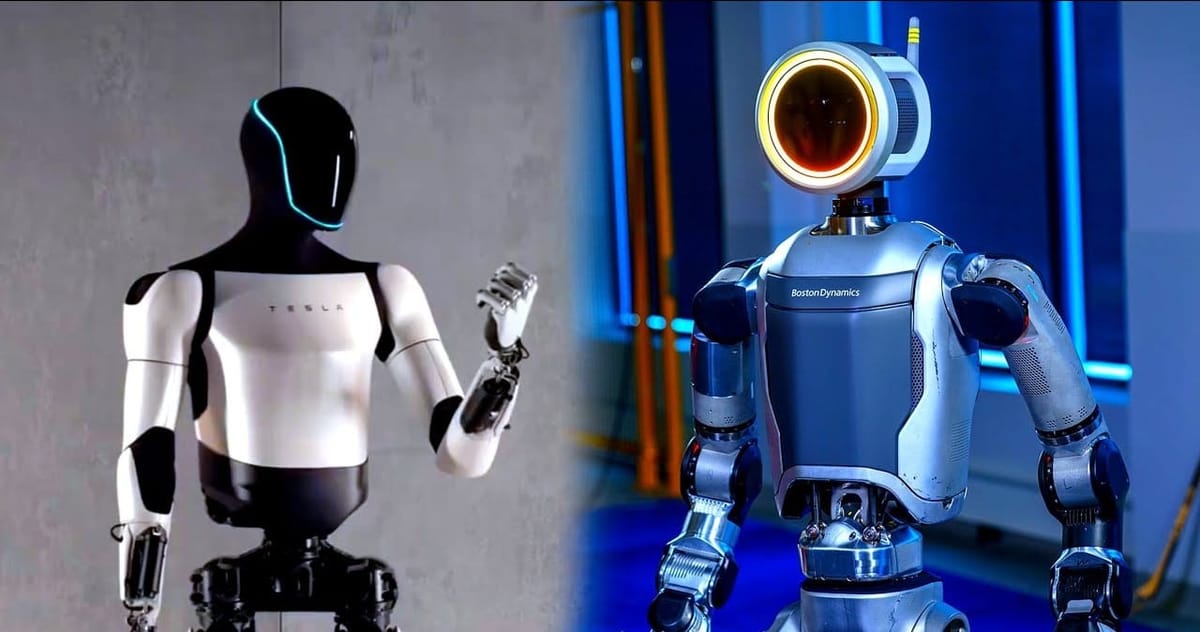
take a look at another mention of atlas in this article!
Comparative Analysis of Tiangong’s Unique Features and Advancements
Tiangong stands out with its remarkable running capability at a steady pace of 3.7 mph. While many humanoid robots focus on walking and basic movements, Tiangong's ability to jog introduces a new level of functionality, particularly in environments where speed and agility are crucial.
Another standout feature is Tiangong’s sophisticated sensor array. Equipped with high-precision vision perception sensors, a 3D vision system, and a high-precision inertial measurement unit, Tiangong can process and react to its surroundings with exceptional speed and accuracy. These sensors enable Tiangong to navigate complex terrains and perform tasks in "blind mode," relying solely on its internal systems.
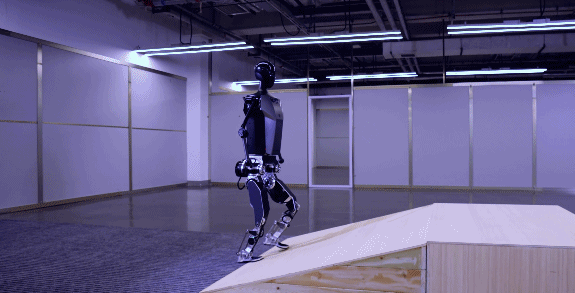
Furthermore, Tiangong's open-source compatibility fosters a spirit of collaboration and innovation, setting it apart from many of its counterparts. This approach not only accelerates development but also broadens the potential for real-world applications across various sectors.
Open-Source Collaboration and Commercial Potential
The introduction of Tiangong into the robotics landscape is significant not only for its technological advancements but also for its approach to software and collaboration.
Tiangong’s Compatibility with Open-Source Software
Tiangong is designed to be compatible with open-source software platforms. This decision is a game-changer, as it allows developers from around the world to contribute to and enhance Tiangong's capabilities. Open-source collaboration accelerates innovation, enabling rapid prototyping and the sharing of solutions to common challenges.
World's 1st Full-Size Electric Humanoid that Runs
— Leeron Zhang (@leeron) April 29, 2024
A Chinese innovation firm released their robot named Tiangong (meaning naturally formed craftsmanship).
Tiangong is 5 feet 4 inches tall and weighs 95 pounds. It can run steadily at about 3.7 miles per hour.
This robot has… pic.twitter.com/4uJqvSvpm2
The Importance of Collaboration and Innovation in Advancing Robotics
The open-source model fosters a community-driven approach to problem-solving. By inviting contributions from a global network of developers, Tiangong benefits from a diverse array of insights and expertise. This collaborative environment not only speeds up the development process but also ensures that the robot’s software evolves continuously, adapting to new use cases and technological advancements.
Potential Commercial Applications in Various Sectors
Tiangong's versatility and advanced capabilities open up a plethora of commercial opportunities across multiple sectors:
Home Services:
Imagine Tiangong assisting with household chores, providing elderly care, or serving as a personal assistant. Its agility and precision make it ideal for navigating home environments and performing everyday tasks.
Industrial Manufacturing:
In factories, Tiangong can handle tasks that require both strength and delicacy, such as assembling products, conducting quality inspections, and managing logistics.
Healthcare:
Tiangong could play a crucial role in healthcare settings, from assisting surgeons in complex procedures to providing support for patients with mobility challenges.
Public Safety and Security:
Equipped with advanced sensors and processing power, Tiangong can assist in surveillance, search and rescue operations, and emergency response scenarios.
As Tiangong continues to evolve, its commercial potential grows, promising to revolutionize industries and improve the quality of life for many. The combination of cutting-edge technology, open-source collaboration, and versatile applications positions Tiangong as a frontrunner in the race to integrate humanoid robots into everyday life.
China’s Technological Leap
China’s unveiling of Tiangong marks a significant milestone in the nation’s rapid advancements in AI and robotics, showcased prominently at the 2024 Zhongguancun Forum.
"China has unveiled its first self-developed general-purpose humanoid robot, Tiangong.
— Electrik Dreams (@electrik_dreams) May 8, 2024
It is also the world's first full-sized humanoid robot capable of running solely on electric drive.
The developers have said the robot is open source and has compatible scalability, which… pic.twitter.com/mw8CYvzZST
Overview of China’s Advancements in AI and Robotics
China has made significant strides in AI and robotics, positioning itself as a global leader. In AI, China has developed advanced algorithms and machine learning techniques, with plans to lead the field by 2030. In robotics, Chinese innovations include industrial and service robots, with Tiangong exemplifying their achievements in creating agile and precise humanoid robots.
China’s commitment to fostering innovation through hubs like the BDA ensures continued progress in AI and robotics, with Tiangong setting a high standard for future developments.
So...are you ready to welcome your own robot companion into your life? The future is here, and it's looking more fascinating (and helpful) than ever! 💪🤖- Giada




